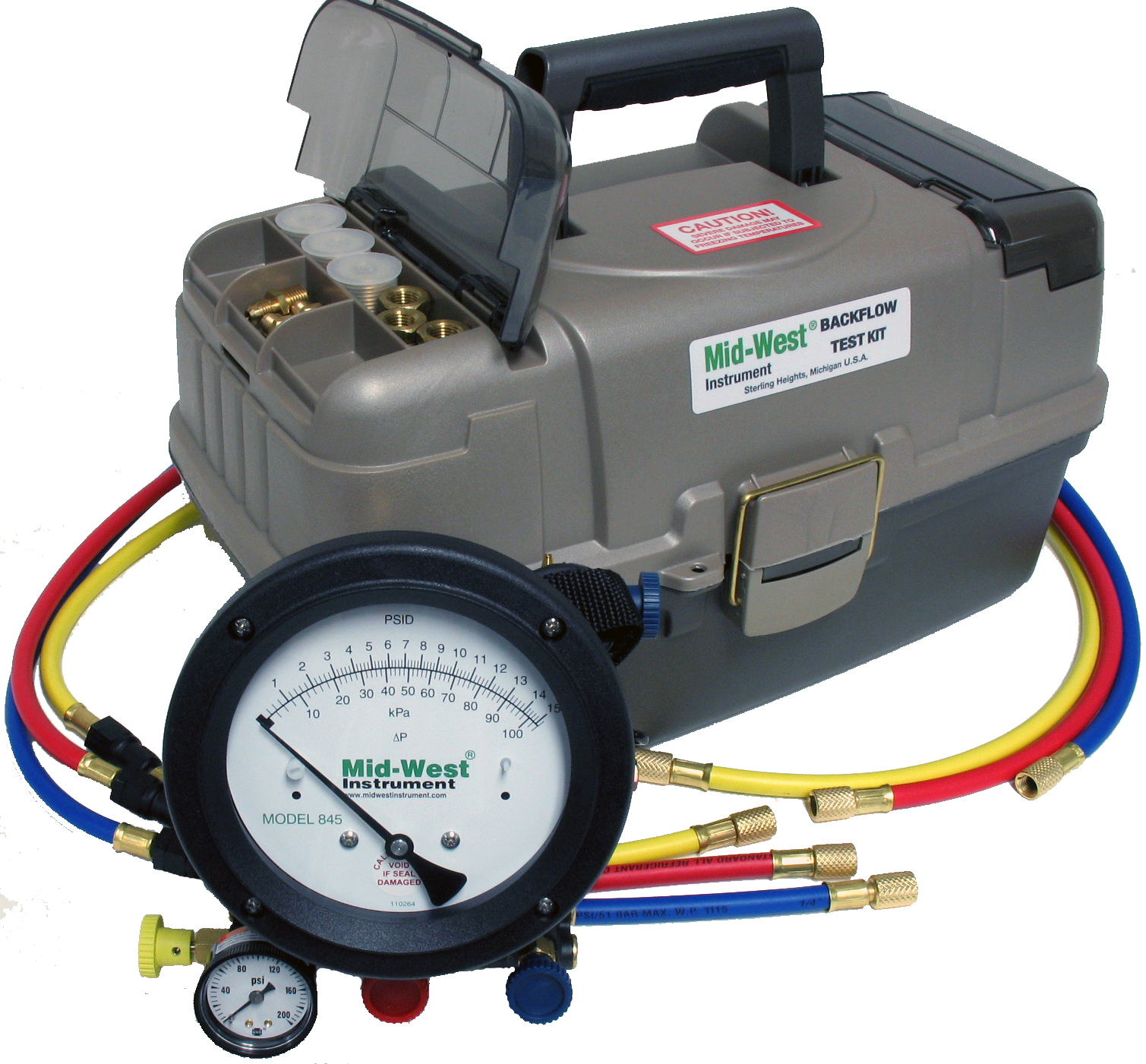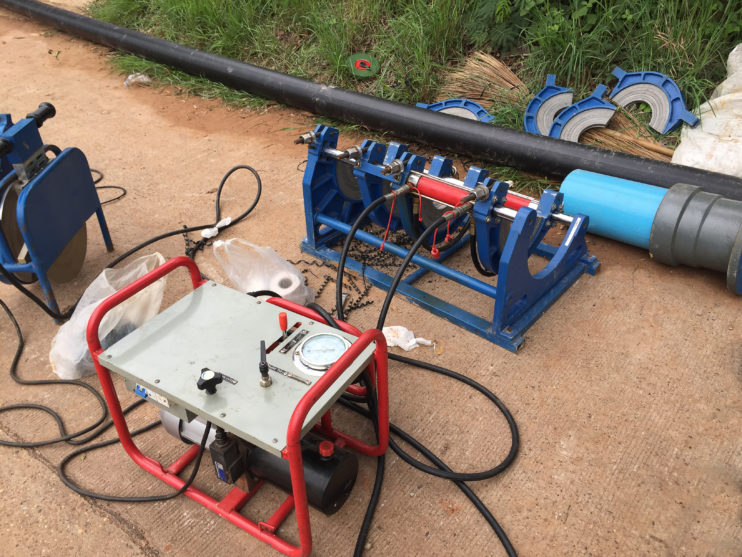Should I Test My Water for Backflow
Should I Test My Water for Backflow
Blog Article
Almost everyone maintains their personal conception with regards to Backflow Testing.

Yes, you require to backflow test your house's water supply to make sure that the water is devoid of toxins and unsafe levels of chemicals. Because of the tools required and room for error, you need to not try to perform backflow screening by yourself. We suggest that you call an expert plumber every number of years to examine your water.
Heartburn Can Effect Both You and also Your City
Lots of cities develop backflow standards because dangerous backflow can impact the public water along with a solitary building. Modern cities have backflow gadgets in place that secure the water supply that comes from the majority of houses as well as industrial residential properties. The actual danger originates from irrigation systems, which can harm the supply of water with poisonous plant foods, manure, as well as various other chemicals.
What Triggers Heartburn?
A normal reason for heartburn is a loss of water pressure that triggers the water to siphon back right into the water. An example is clearing out a paint container using a pipe. You fill the paint bucket up with water, leaving the hose in the bucket. After some time, there is a loss in water stress and the hose starts to draw the water back right into the supply of water. As you can envision, there are currently chemicals from the paint that are entering the water system, possibly posturing a risk. Lots of people are not also aware of heartburn screening, but there are lots of reasons why it's so essential.
Backflow Testing is Required by Legislation in Certain Cities
Depending on where you live, you may really be called for by law to backflow examination your legislation. For example, Iowa City maintains a document of all buildings served by the city's water supply. The city needs that particular "high-hazard" facilities go through heartburn screening. Sometimes, properties such as homes and apartment buildings are influenced.
You Can Prevent Backflow
Dangerous backflow is easily preventable if you have an expert plumber install a backflow tool. The plumber will certainly additionally test for backflow and figure out if there is an energetic danger. The main objective of a heartburn gadget is to stop water from moving backward right into your water system. Plumbing professionals set up the device on the pipelines in your house to make sure that the water only streams in the correct instructions.
What is Backflow?
In short, backflow is when water moves upwards-- the contrary instructions in the plumbing system. This is likewise referred to as "backpressure." When the water moves in this direction, it can blend with damaging toxic substances and also posture a risk.
Call a Plumber to Test for Backflow Before It is Far too late
A plumbing company can swiftly evaluate your house's water to determine if there are any type of unsafe chemical levels. And also if you do discover that your water has high levels of toxic substances, a plumber can conveniently mount a heartburn avoidance tool.
Yes, you need to backflow examination your home's water supply to guarantee that the water is free of toxins as well as hazardous levels of chemicals. Numerous cities establish heartburn guidelines because harmful backflow can influence the public water supply in enhancement to a single building. A regular reason of backflow is a loss of water pressure that triggers the water to siphon back right into the water supply. After some time, there is a loss in water pressure and also the hose pipe starts to suck the water back right into the water supply. The primary objective of a heartburn tool is to stop water from streaming in reverse right into your water supply.
WHY DOES BACKFLOW TESTING NEED TO BE DONE EVERY YEAR
What Is Backflow?
Toxic gas backing up into a building is one example of potential backflow issues, but backflow can occur in many other ways.
Backflow is generally referred to as the reversal of a liquid or gas in a plumbing system.
Most issues for the public occur with backflow resulting in contaminated drinking water. If you look up backflow issues online you’ll probably find references to “potable” water. That means drinking water.
There have been backflow issues in the past with drinking water. Chemicals, sewage and other contaminants have found their way into drinking water causing health issues for those that count on the fresh water.
What Causes Backflow?
In a residence or commercial building water generally flows one way. This normal flow is usually driven by consistent pressure in the water and waste system.
Anything that changes the normal pressure in the system can lead to backflow.
Fire hydrant use or malfunction can reverse the normal pressure in the system on a city line, but backflow can occur in a number of different ways.
Sometimes backpressure might be caused by someone using a garden hose and submerging the end of the hose in a pool of liquid. If pressure is lost the flow could reverse and contaminants could be released into the drinking water.
Anytime there is a connection between contaminants and the drinking water there is potential for a backflow issue. Sometimes these connections are not immediately obvious like the garden hose connecting to a building’s drinking water supply.
Backflow Regulations
The Environmental Protection Agency (EPA) provides guidelines and regulations for state and local governments regarding backflow. State and local governments also have their own guidelines and regulations for backflow prevention.
Arizona has its own backflow regulations.
Due to issues with backflow in the past, regulations require backflow preventer devices to be used in nearly all residential and commercial buildings.
A backflow preventer is a device that prevents backflow as cross-connection points where potential backflow issues may occur.
While backflow is not a common occurrence, preventers are in place to make sure there is no contamination should something malfunction or go wrong with a building’s water supply.

Hopefully you enjoyed our piece about Backflow Prevention. Thanks a ton for finding the time to read our blog post. Loved our entry? Please share it. Let someone else find it. Kudos for your time. Please pay a visit to our blog back soon.
Book Instantly Report this page